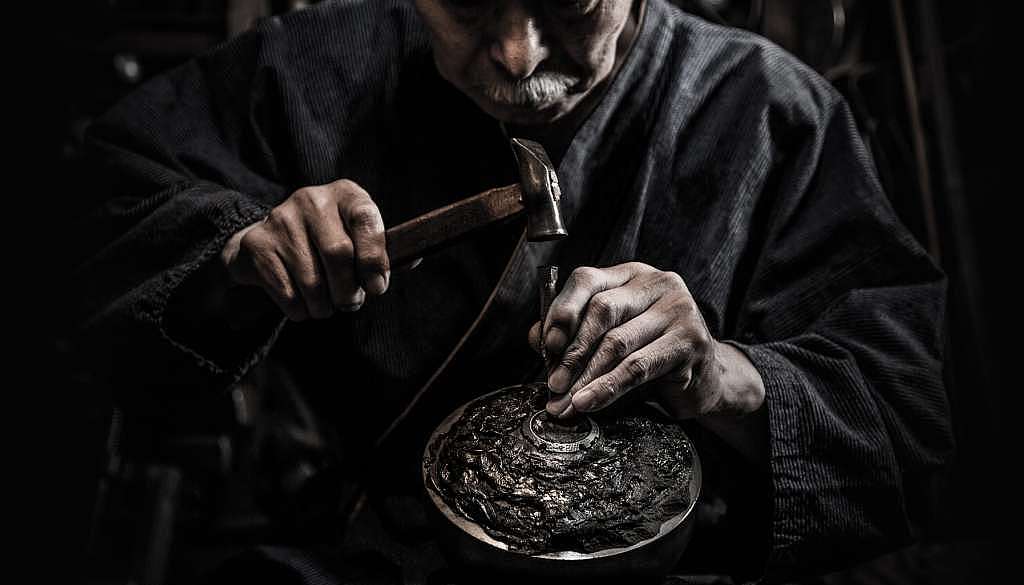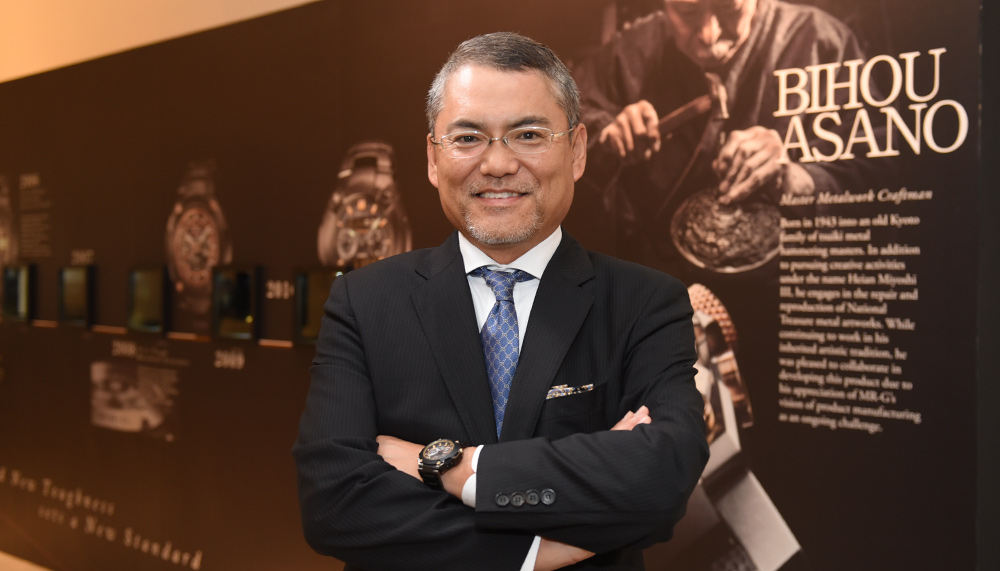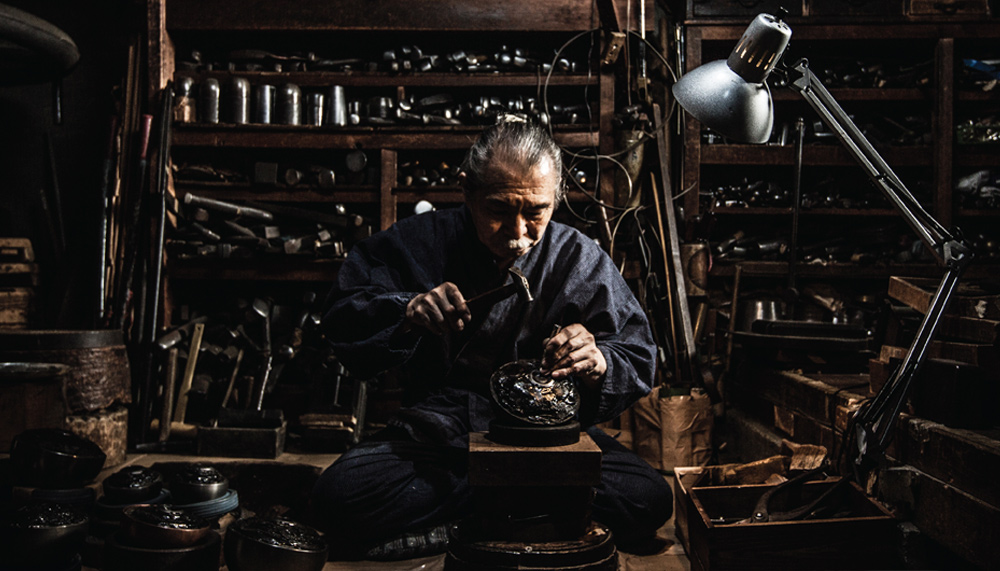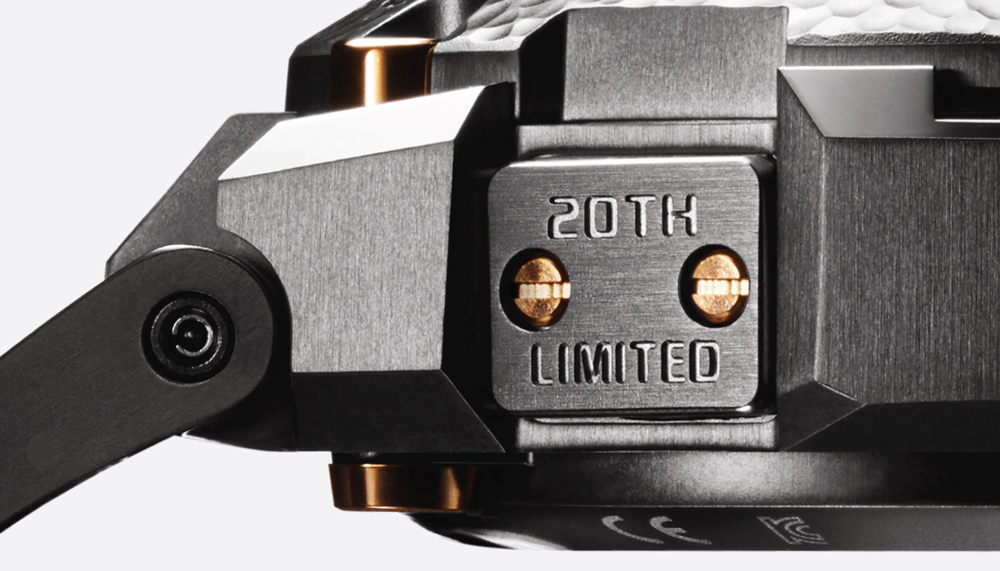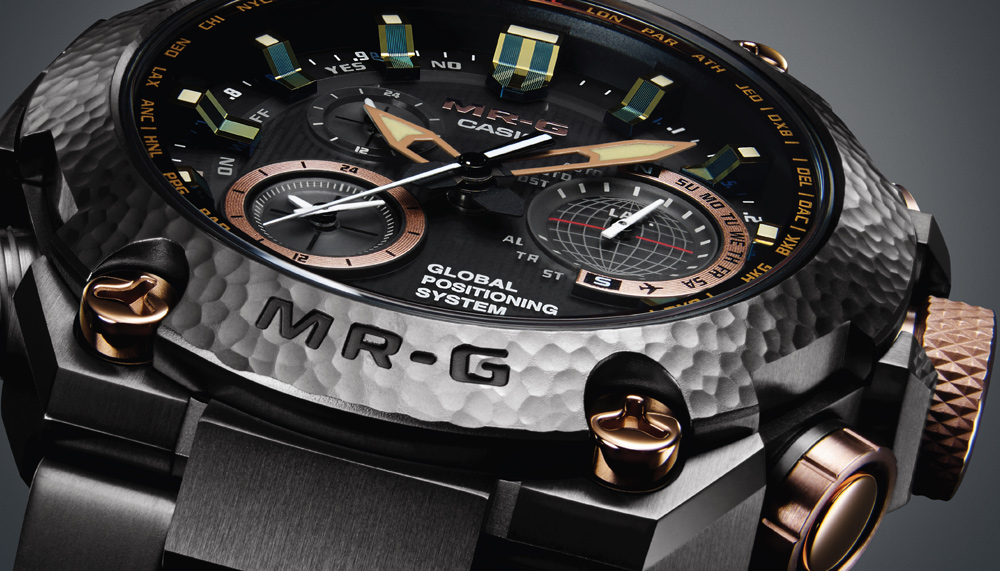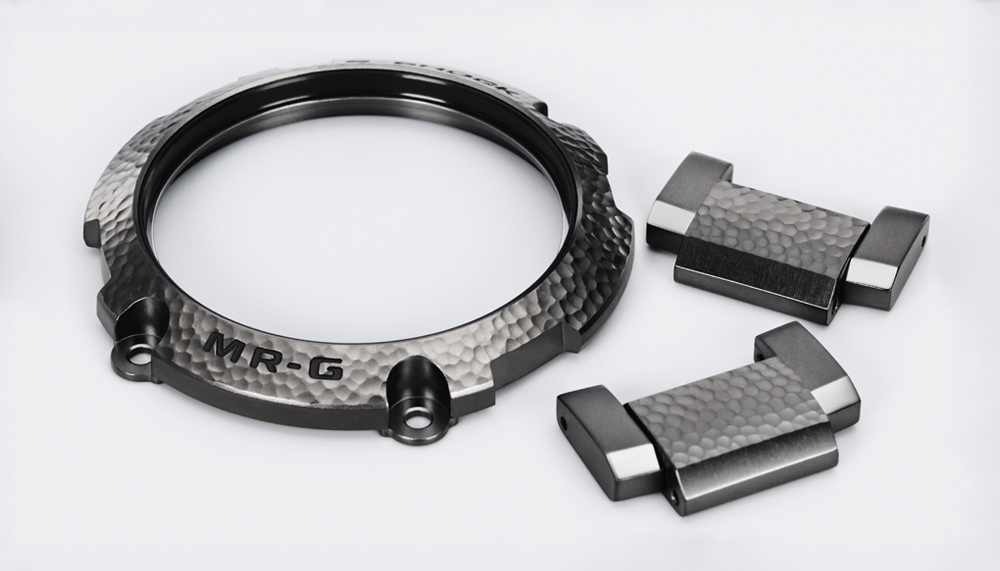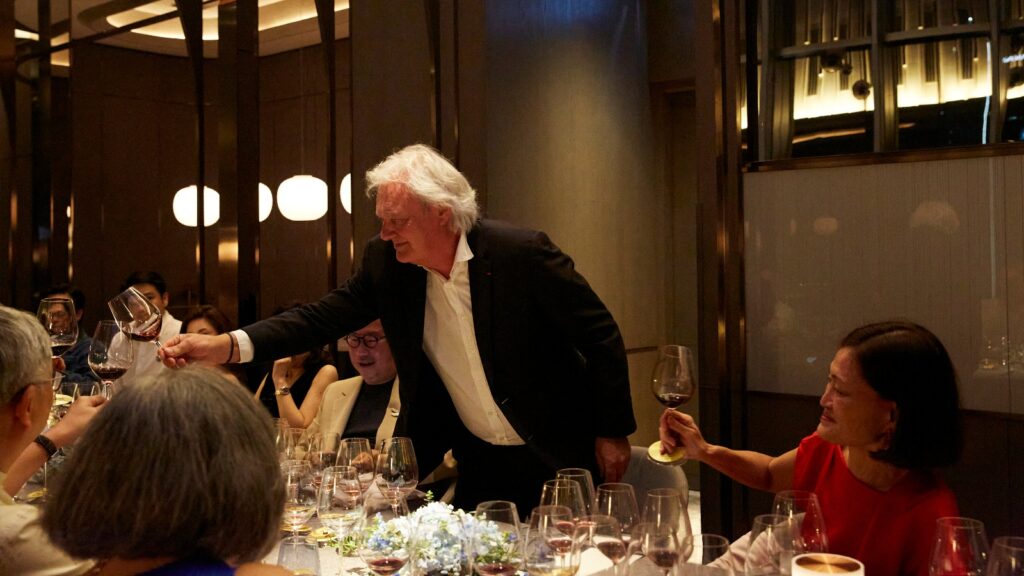Tough Time
Robb Report spent a little time with Shigenori Itoh, the man largely behind the G-Shock brand’s massive incursion into popular culture.
He joined Casio in 1983, though not in marketing, but in sales. That said, that’s not the most surprising thing about Itoh — he originally trained as a lawyer.
What made you want to join an electronics company, and in marketing, at that?
At one point, I really did want to become a lawyer. I didn’t in the end, but you see such situations happening quite often in Japan. I joined Casio because its brand image was that of a very young company and it produced many innovative products.
What memorable lessons did you take away from your time in Casio’s sales department?
In those 10 years working in the sales department, I had the opportunity to visit companies that were known for strong marketing campaigns, such as Suntory, Kao or ANA. So, rather than having studied marketing from textbooks, I learned from hands-on experience. In 1993, when I was assigned to the marketing department, I was better able to coordinate our marketing activities. But it was only in 1997 that I started on ‘real’ brand marketing activities for G-Shock.
What did that entail?
Four times a year, we have an opportunity to share new ideas with top management. I had some plans for G-Shock and every time I had to try and convince them that we have to sell products that will be well-received among young people. These are the people we have to target. We had to make it affordable, but we still had to add new features, plus we had to think up new collaborations and events. Top management did not always agree with me, but most times, they let me do what I needed to in order to make G-Shock successful.

How did you attempt to extend G-Shock’s appeal to more market segments?
A G-Shock was only allowed to be produced in black, but I wanted more colours, so we first added ‘mustard’ and ‘skeleton’, the latter inspired by dolphins. The second was that G-Shock was only produced for men and not for women, so we came up with the Baby-G line for them. Lastly, the original stipulation was that a G-Shock could only be made in resin, but I wanted to add metal to the list of G-Shock case materials, something which would allow us to sell them at a higher price. All these were aimed at letting more people enjoy our products.
Were there any negative reactions from consumers to any of those new G-Shock products?
I have never experienced a situation where the new products were criticised. When we launched new, never-before-seen products, consumers will sometimes say they were betrayed, but in a good way. They go, ‘wow, Casio and G-Shock actually came up with such a product’. One reason why we’re also able to charge more for items in our premium product line (MT-G) is how we’ve managed to enhance their technical features and improve their design. In fact, I have often been complimented when I introduced new things to the G-Shock series. Also, we carry out plenty of market research first before launching any new products. For instance, before we launched the Baby-G line, we sensed a need among ladies, and potential in the premium market, which is why we launched the MT-G line.
Why do you think consumers are so receptive to new G-Shock products?
We are always very true to our concept of ‘absolute toughness’. Even though we introduce new products, that never changes. Also, our products are always authentic. What this means is that a G-Shock can, and is used in a professional environment (divers or pilots, for example), and it will work perfectly.
G-Shock has done innumerable collaborations over the years, which is the most memorable?
The most memorable collaborations have been with Eminem, Martin Margiela, Bathing Ape and Stussy. The reason why they’ve been so memorable is they caused a stir in the market when they launched. I also need to explain how we go about doing collaborations — it doesn’t come from us. We don’t put forward a sum of money and ask these collaborators to work with us. That isn’t the way. The potential collaborator must also show interest in G-Shock and it’s only when both parties meet that a collaboration can happen. It’s never unilateral.
Youth culture is constantly changing, so how will you surprise the market each time?
We will keep evolving, and of course, always offer up great designs. As for youth culture, we will try to keep up with that as well. As you can see, I’m not young anymore, so for that I need to develop an antenna that’s sensitive to youth culture. I’ve built a young team around me who are very good at sensing trends, so I’ll leave them to decide who to collaborate with and what designs will work with them. By doing all this, our DNA will continue to be pure for a long time to come.
